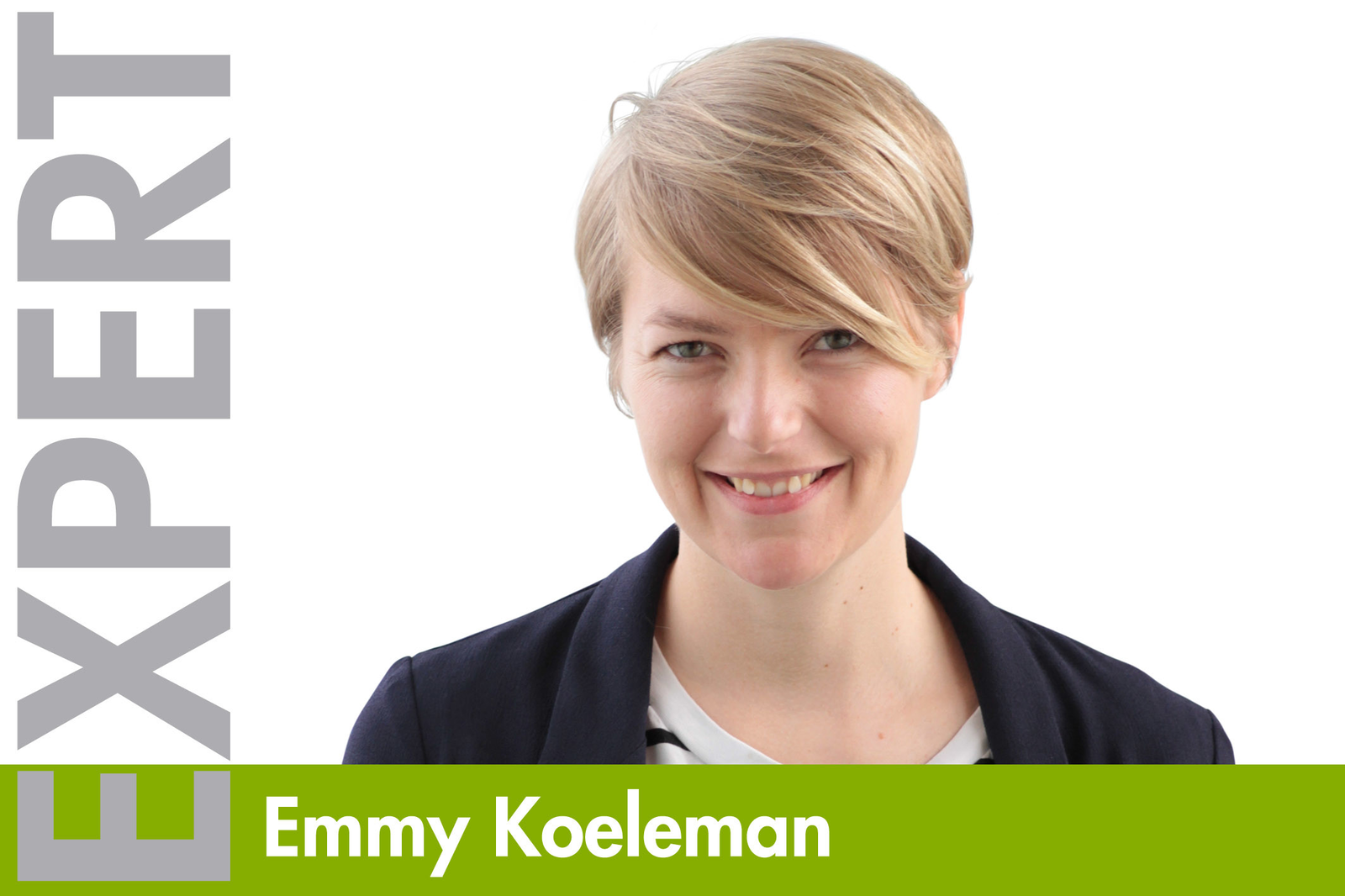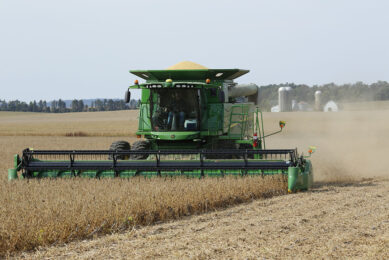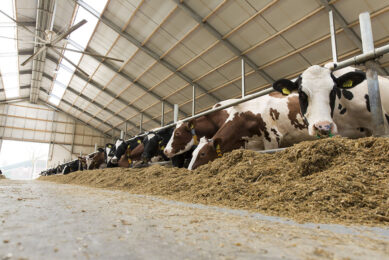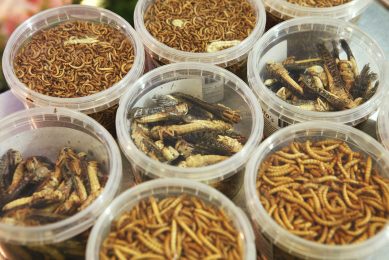EU milk reduction plan: What about the diet?

There used to be a time when milk producers were focused on squeezing as much milk out of a cow as possible. But today, EU farmers are being rewarded to produce less milk. Does this change the attention payed to nutrition of these high performing animals?
EXPERT
The global dairy industry and relevant stakeholders have not yet finished talking about the current milk prices, the EU milk reduction plan, the phosphate regulations (for example in the Netherlands). Market prices have always been in the lead to say whether the dairy industry is doing well or not and whether we produce too little or too much.
The milk prices used to be something that the farmer didn’t have control over. Sometimes, market conditions are good, other years, farmers have to deal with lower prices. But the peaks between high milk prices and low milk prices are getting more extreme. Too extreme for some dairy farmers to cope with this, as they simply not enough liquidity. In the meantime, the European Union is trying to influence the milk prices by asking dairy farmers to produce less milk. Each farmer can get €0.10 per litre for every litre milk not delivered. Some countries and dairy processors give compensation on top of that. The result: dairy farmers are calculating like crazy. Is it wise to produce less milk, or sell some cows? Or is it better to keep on producing at the same level and try not to squeeze out every litre of milk? Does the diet need to change?
What if diets no longer need to be formulated for milk efficiency?
Diets have been always formulated for (mainly) milk efficiency: turn feed nutrients into milk or milk components as efficient as possible. But if that isn’t that important anymore, what to do? Cost efficiency seem to overrule the milk efficiency goals. Cost efficient diets are the ones that produce healthy cows, with limited need of drug treatment. A number of dairy farmers are also turning to increased use of maize silage in the diet, as this can be a cheaper option to other types of feed. Also a number of feed additives (such as yeast, mycotoxin binders, plant extracts, probiotics) are on the market to modulate immune function and reduce typical health problems for young calves for example. Healthy animals can save the farmer a lot of money!
For more dairy industry information see DairyGlobal.net
Cow diets should not change to fit low milk prices
Cost efficient production can be achieved by upscaling, modernising the farm, sell some land or try to produce milk for a niche market. To be honest. I don’t think farmers should change diets, just because milk prices are bad. Maybe farmers are looking more into the use of specialty feed additives to step up the health status of the herd, but I don’t know if there is really an increase of feed additives amongst dairy farmers worldwide. In the end, high quality feed is the basis for a healthy herd and a healthy business. The compensation from the EU to produce less therefore shouldn’t be an incentive to feed the cows less quality feed. They deserve the best!
 Beheer
Beheer









 WP Admin
WP Admin  Bewerk bericht
Bewerk bericht